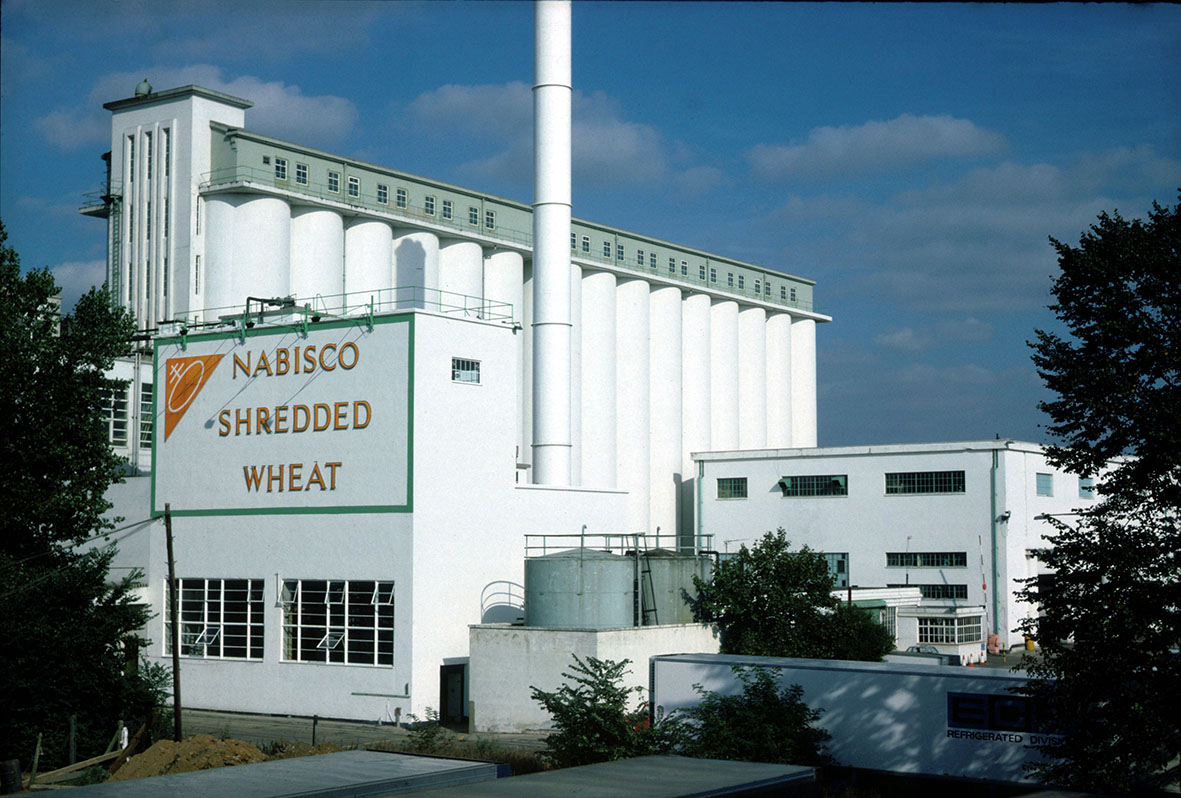
In this, the Queen's Platinum Jubilee year, Welwyn Garden City Heritage Trust looks back on the day when Queen Elizabeth II opened the new hospital named after her in the third of their regular columns delving into WGC's past.
On July 22, 1963, the Queen visited Welwyn Garden City to open the first general hospital to be built after the war, and which was to bear her name. There were several hospitals named after Queen Elizabeth, who was by then the Queen Mother, so this one was designated QEII.

This was a Red Letter Day for the town, and many companies closed to allow their staff to watch. Roads around the hospital were packed by the crowds who had turned out to greet Her Majesty on the Royal visit.
School pupils walked in large groups from as far away as Digswell to line the route of her Rolls-Royce. They were issued with Union Jacks, reportedly paid for by Barbara Cartland. When the Queen had passed some were disappointed that they had to walk all the way back to school to restart lessons.
One man, who was seven at the time, recalled: "We had to write about what we had seen had in particular what the Queen was wearing. "I, as a boy, had no clue; being colour blind, even less clue! Luckily a girl next to me said she had green gloves on. What a day!"

When the Queen got to the new hospital, a nurse, Louise Fairbrother, presented her with a bouquet. When Louise died, a fountain was erected in the grounds bearing her name.
A lady shared her memory of what happened next with the Heritage Trust "A select few wives of consultants and GPs were allowed viewing space In what was the Outpatient Department overlooking the front of the building, beautifully planted with Masquerade roses - very fashionable at the time. It was a beautiful - warm and golden with sunshine. We looked at Her Majesty with some interest. One of the young GPs among us proclaimed, 'The Queen's pregnant - she's wearing elastic stockings'. A number of us were pregnant at the time so were well tuned into her condition. We felt a certain sympathy with her discomfort whilst also admiring her dedication to duty. A few weeks later the announcement came from the Palace that the Queen was with child - Prince Edward to be. We at the opening ceremony already knew."

The Welwyn Times printed a special supplement in colour to mark the occasion, which included some charming pictures of the Queen meeting patients and staff.
First published in the Welwyn Hatfield Times on 22 June 2022.





